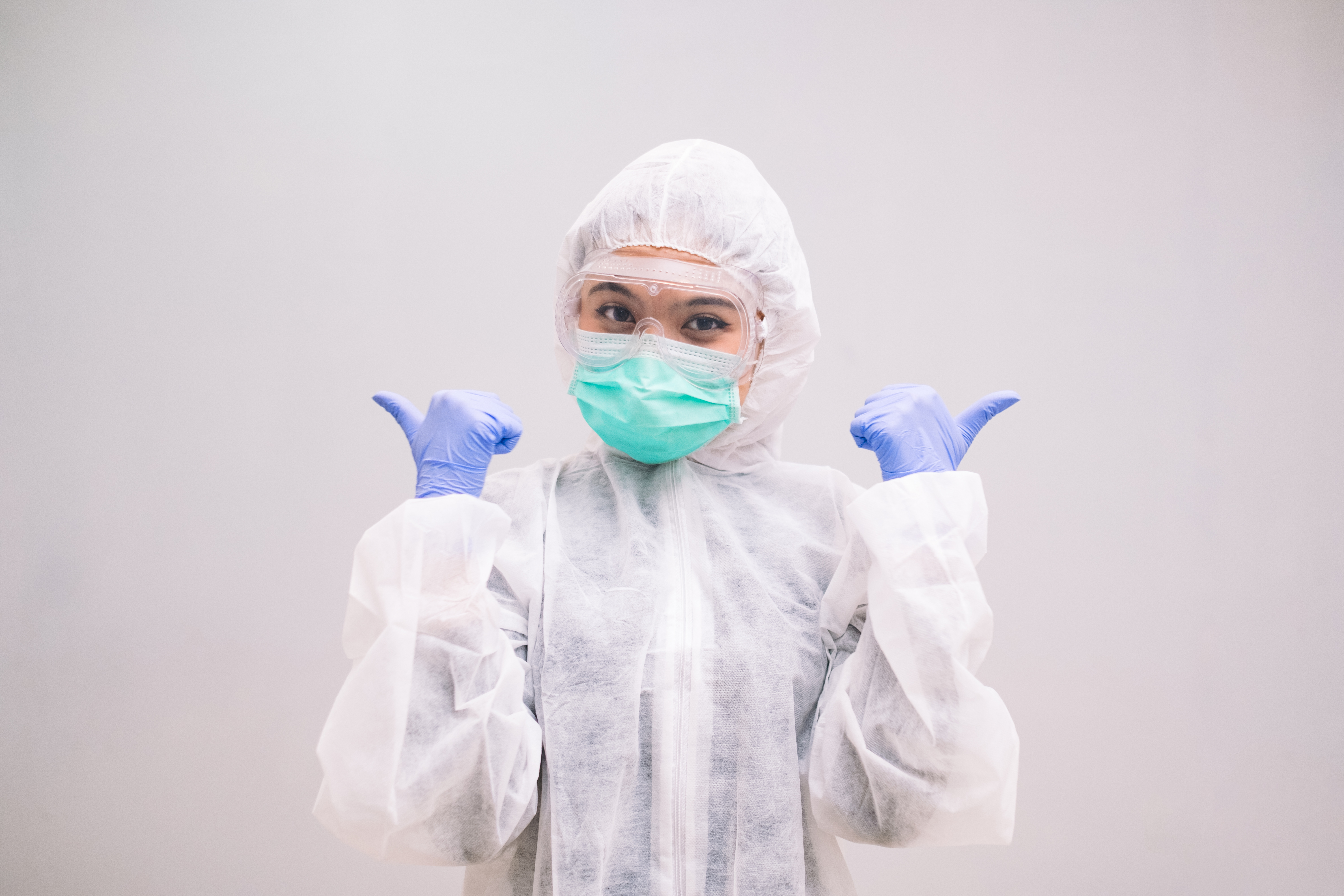Coveralls v Overalls: What's the difference?
Posted by Karla on 13th Jul 2022
Coveralls v Overalls: What's the difference?

There is a common misconception that the only difference between a coverall and an overall is regional: a British word versus an American one, but this is not true. In the British workwear industry, the words seem to be interchangeable. Overalls can be described as trousers with a bib, holder, and loose straps for use over your regular clothes and they do not cover the arms. However, coveralls are one-piece protective wear that is usually worn by people that do heavy, manual work. Whether you call them overalls, coveralls, jumpsuits or even boiler suits. It doesn’t matter, so long as you’ve got the correct garment for your work environment.
The last thing you want to do is order the wrong item of clothing, so we’re going to describe the uses of coveralls and overalls.
What are overalls?
Historically, overalls have been associated with farmers and railway workers. However, in this modern age, you will see painters, farmers, factory workers, train engineers, carpenters and other tradesmen wearing overalls.
Going back in time, overalls gained popularity in the 60s and 70s as fashion statements and deviated from traditional denim into other colours and embellishments. Moving away from fashion, “Bib & Brace” overalls have started becoming more and more popular in the UK. You’ll see a lot of tradesmen wearing bibs & brace overalls, designed to tackle various different work environments.
Overalls are used especially in trades such as carpentry and joinery. They offer no restriction on upper-body movement so are perfect for hands-on trades. In the same vein, they offer no protection to the upper body at all, so this is something you will need to think about, and you may need to get a coverall if you need that extra protection.
What are coveralls?
A lot of industries will use coveralls to protect workers from some sort of harm. They’re all designed differently, to help with warmth, breathability, and/or protection against fire/flame/heat and more. Coveralls are used by workers ranging from engineers to fabricators, or factory workers to medical professionals and firefighters. Factory coveralls are mostly designed to be breathable, comfortable and durable. They protect the body and the clothes underneath from harm/damage in heated, cold or hazardously dirty factory conditions.
Coveralls are also popular within the military, such as flight suits, and have been used since the beginning of World War II. Historically, coveralls were worn by men maintaining coal-powered boilers. Since these men had to climb into the firebox of a steam train where coal was shovelled in, having a garment with no gap in the middle stopped soot from entering the lower half of the clothing. It also prevented waistband snagging as a person manoeuvred inside a tight space as well as coat tail snags as they exited backwards. Hence the term "Boilersuit".
Nowadays, coveralls are used for a range of industrial purposes, ranging from treatments for anti-static, and flame spread resistant properties, to different colour options, and accessories. You can find coveralls in the medical industry in the form of disposables that protect the wearer from chemical and biological dangers. They've been extremely useful throughout the pandemic and will have helped save the lives of a lot of key workers. For modern purposes, the garment can be worn alone or over clothing to protect both the clothes and the body.
Here at the Face Mask Store, we have a wide range of coveralls to choose from, depending on the environment of your workplace.



